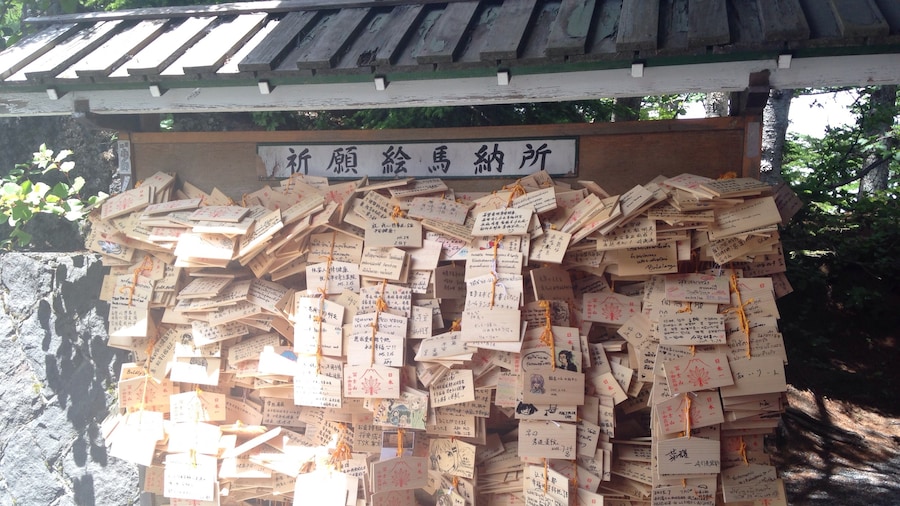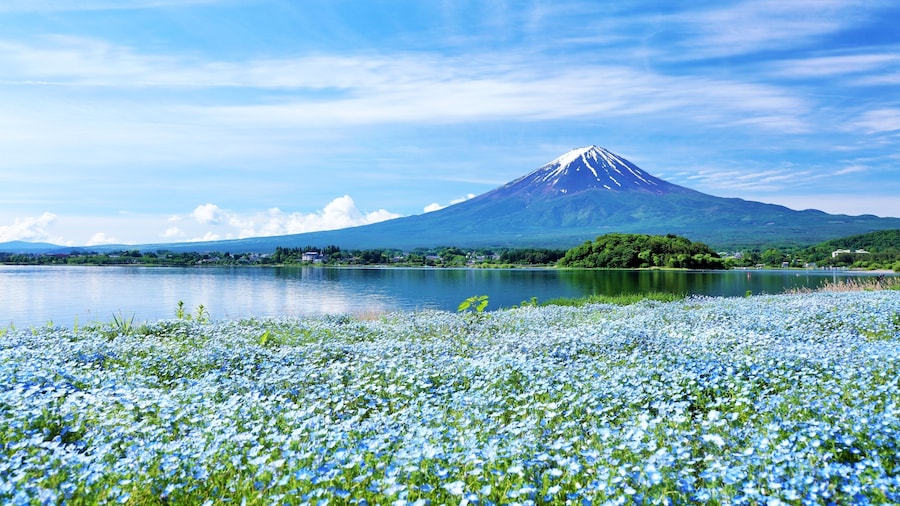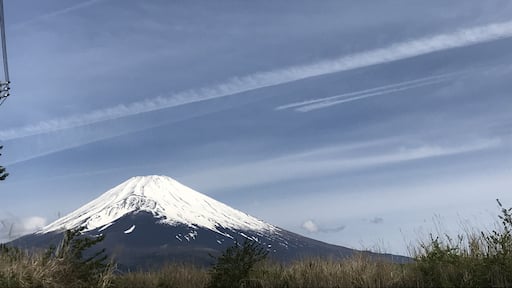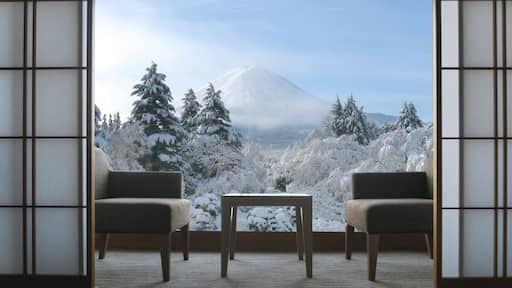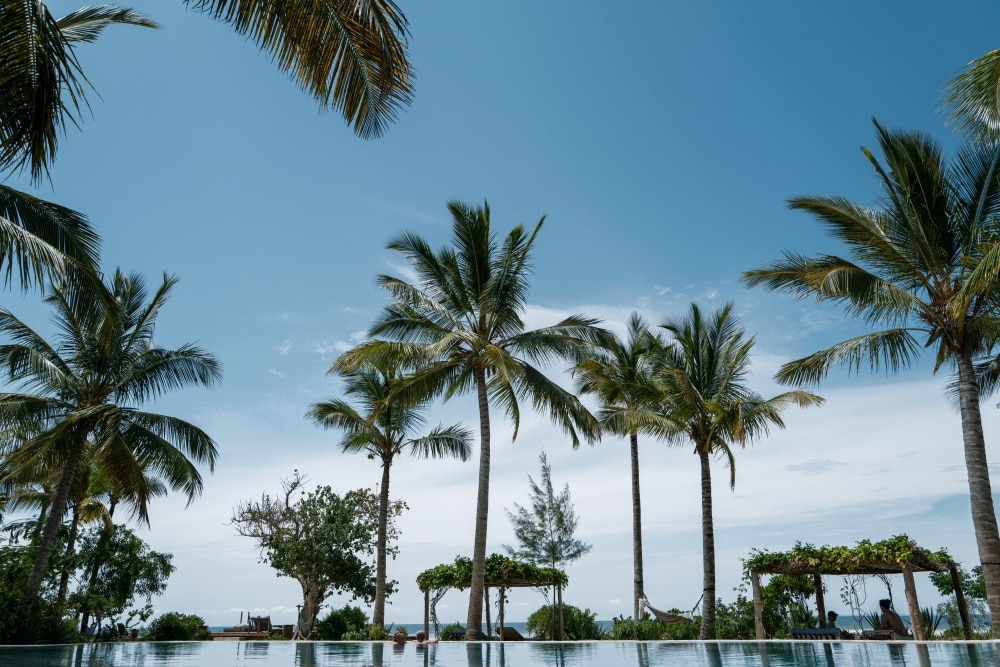The magnificence of this mountain arouses awe, inspiration and even worship. Explore this amazing natural phenomenon up close or from afar.
The Japanese icon of Mount Fuji is not only the country’s highest mountain, but also a perfectly formed volcano. Although its last eruption was in 1707, it’s still active. The potential for a reawakening of this sleeping giant merely adds to its wonder. Look for the mountain if you’re in Tokyo or Yokohama on a clear day. Take the bullet train, a marvel in itself, which runs past the mountain between Tokyo and Osaka.
Plan ahead to be able to tell friends and family that you scaled Mount Fuji. From July to mid September, several well-maintained trails going up the mountainside are open, with some even paved part of the way.
Ten stations break up the climb on different sides of the mountain. At the Fifth Station marking, the climb becomes more strenuous. Four trails connect the Fifth Stations on multiple sides of the mountain with other stations ranging in altitude from about 4,590 to 7,875 feet (1,400 to 2,400 metres). While these areas are frequently closed to cars, you may be able to access them by bus.
You likely won’t be alone during the open season as you hike to the stations or even to the summit at an altitude of 12,388 feet (3,776 metres). Many Japanese consider Mount Fuji to be a holy volcano, while others simply desire scaling this beautiful mountain.
Make reservations to stay at mountainside huts for overnight treks. You’ll probably need to share the huts during the tourist season. Some huts are also available as resting spots and are equipped with toilets. Camping is permitted in designated areas. Upon reaching the summit, walk around the volcano’s crater in about 1 hour.
At the base of the mountain is the Fuji Five Lakes region, with stunning volcano views. A lake resort area called Fujigoko offers year-round activities. Immerse yourself in a hot spring, take time to visit museums, iconic gardens and Shinto shrines or have a day of fun at the popular Fuji-Q Highland amusement park.
Whether you experience Mount Fuji from near or afar, its natural beauty will undoubtedly leave an impression.











